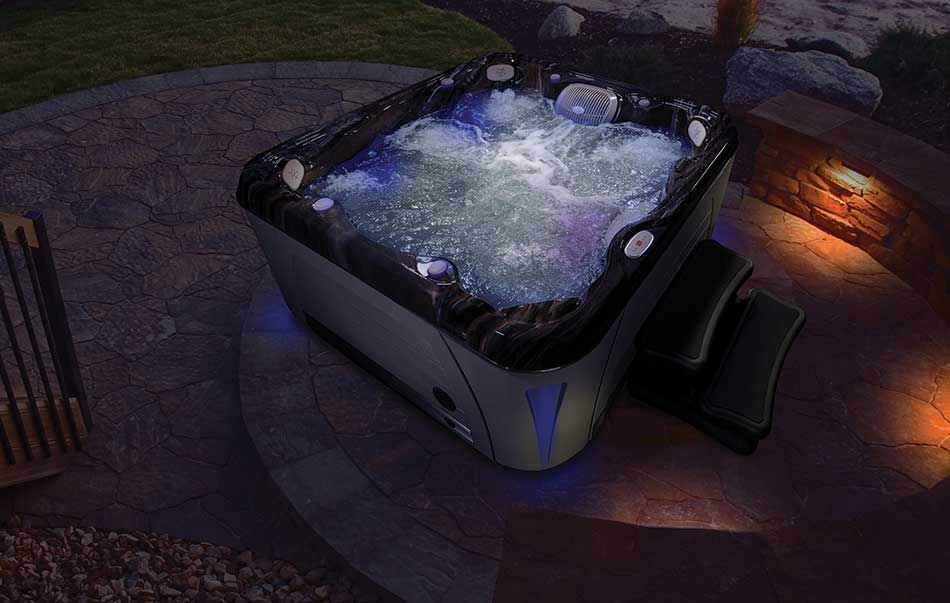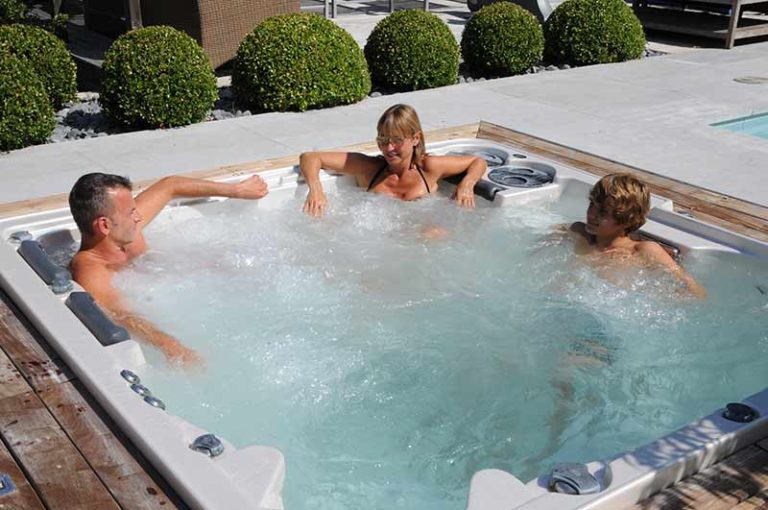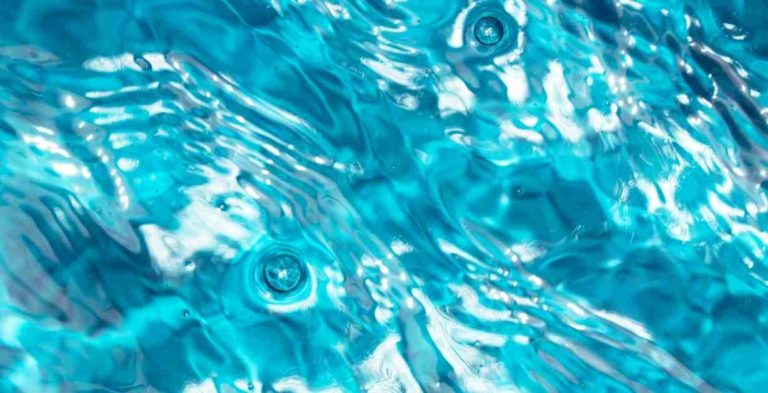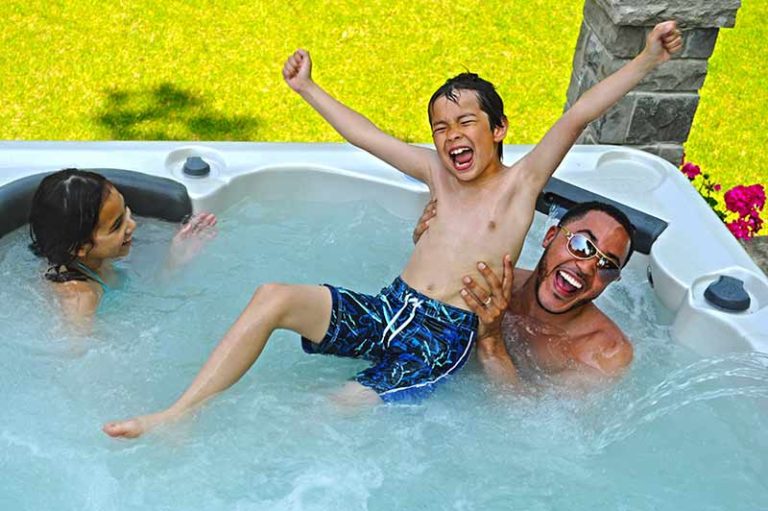Is an Ozonator Necessary for a Hot Tub?
Hot tub and swim spa owners are increasingly recognising the benefits ozone systems offer when it comes to improving water quality. Ozonators (as ozone systems are known) have become more prevalent in recent years, and whilst they are not strictly necessary, they offer a vast improvement to standard methods for water treatment, i.e using sanitisers only.
One of the most attractive aspects for many owners will be that ozone is a ‘natural’ way to cleanse the water.
An ‘ozonator’ is an ozone disinfection system, and is an optional addition to a hot tub or swim spa that will aid the cleansing process. Ozone will assist in ridding the water of viruses, pathogens and bacteria (micro-organisms) without the need to significantly increase sanitiser dosing.
It’s very important to stress that using an ozonator to help disinfect your hot tub and swim spa water will not eliminate the need for a primary sanitiser (biocide) – Free Chlorine or Bromine will still be required.
What is an Ozone System and how do they work?
Ozone is an exceptional neutraliser of pathogens and waterborne bacteria. It does so by oxidising the organic membranes systems, and hence makes hot tub and swim spa water safer for bathers. It also makes a noticeable difference to water quality for bathers.
Many new hot tubs and swim spas now offer ozone systems as either a standard feature, or else they may be available as an upgrade.
Ozone is made in the contact chamber of the Ozonator and injected directly into the water; it will immediately start to eliminate and kill pathogens, viruses and other micro-organisms.
It may be possible to retrospectively fit an Ozonator to some hot tubs and swim spas, but you’d need to consult your dealer for the manufacturer’s specification, as this won’t be possible for all tubs.
The chemical symbol for Ozone is O₃, that’s 3 oxygen atoms. It is a gas, and is considered to be a natural element. You may have heard it often referred to in the term ‘ozone layer’.
How is ozone created?
Normal O₂ atoms (oxygen) when passed through the ozone contact chamber spilt into single O₁ atoms which will combine with O₂ atoms to create O₃ atoms (Ozone). Ozone is also created during electrical thunder storms when lighten passes through the air.
Ozone is very unstable and will revert to O₂ very quickly, this can be referred to reduction (the return to the stable O₂ atom).


What are the benefits of an ozone system?
Ozone will not leave behind any by-products and thus doesn’t contribute to the Total Dissolved Solids (TDS) present, therefore it can extend the life of hot tub water.
Consideration can be given to less frequent drain-downs providing a good water management regime is adopted, such as daily water testing and ensuring all recommended readings including pH, Total Alkalinity (TA) and sanitiser (Free Chlorine and Bromine) remain within advised ranges. By adopting this process there significant environmental benefits as existing water is used more efficiently, and costs are reduced in not having to heat newly-added water.
Ozone is known to be very effective in neutralising pathogens such as cryptosporidium, which would require traditional biocides, such as Free Chlorine and Bromine, to be applied in significantly higher intensive treatments, via increased dosing. This process would also take significantly longer to neutralise the pathogens.
An additional benefit is that ozone will oxidise some of the waste products created by Free Chlorine, ensuring less unpleasant odours from the water treatment process. This is a frequent complaint from bathers.
Free Chlorine or Bromine is oxidised in the Ozonator’s contact chamber, and so you would need to keep a close eye on these readings as they will reduce over time. It is essential to test the water daily and adjust sanitiser readings when indicated, and so to help this process the addition of an erosion feeder for chlorine or bromine tablets would be useful, as sanitiser levels would then be easier to maintain.
Further points to note
- Remember to get your ozone system serviced, it won’t go on forever. Too many owners assume the Ozonator is working effectively when in fact it isn’t; contact your service engineer / dealer for advice on service visits and further support. Systems do vary, band so you should take advice from your engineer on frequency.
- Make sure you perform daily tests for sanitiser readings.
- Free Chlorine or Bromine sanitiser can be run at lower levels, however not below recommended guidelines: Free Chlorine 2 – 3 PPM and Bromine 3 – 4 PPM.
- You should continue to maintain all other water care regimes such as pH, filter cleaning, shock dosing etc.








